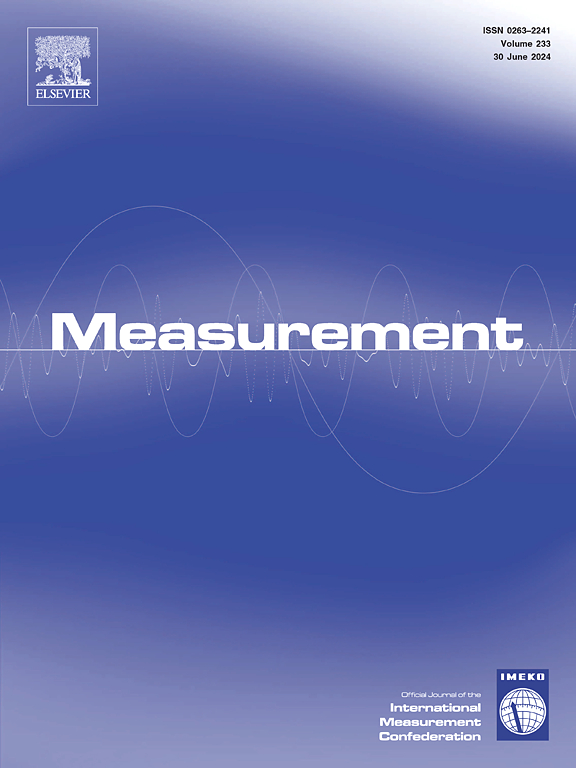原子尺度管道氢应力损伤弱磁内部检测机理研究
IF 5.2
2区 工程技术
Q1 ENGINEERING, MULTIDISCIPLINARY
引用次数: 0
摘要
本文章由计算机程序翻译,如有差异,请以英文原文为准。

Mechanistic investigation of weak magnetic internal detection for hydrogen-induced stress damage in pipelines at the atomic scale
Localized hydrogen enrichment within pipeline materials under stress can readily induce the initiation and propagation of internal cracks, which constitutes a major cause of abrupt pipeline failure. Weak magnetic internal detection technology, recognized as an effective method for evaluating early damage in ferromagnetic materials, demonstrates considerable potential for identifying hydrogen-induced damage. This study aimed to explore the formation of hydrogen-induced damage by investigating its underlying mechanism. The critical stress required for atomic slip in the α-Fe-H system was analyzed utilizing the first-principle, and the correlation between stress and magnetization intensity at hydrogen-damaged sites was assessed using magnetoelastic effect. Based on magnetic charge theory, an analysis model for hydrogen adsorption-induced dislocation (AID) magnetic signal was developed. The model facilitated a multi-dimensional analysis of the mechanisms through which hydrogen intensified local stress concentration within the pipeline, leading to abnormal variations in magnetic signals. Relevant evaluation metrics were proposed to effectively characterize hydrogen-induced damage in the pipeline, and conducted systematic experimental verification. The results indicate that the energy barrier required to overcome hydrogen-induced damage varies under different influencing factors. The weak magnetic signal calculated using the AID magnetic signal model can effectively characterize hydrogen-induced damage. Compared to other vacancies, hydrogen located on the slip plane at FractionalXYZ (1.000, 0.500, 0.417) had the most significant impact on the weak magnetic signal, with the signal mean variation (Caverage) of 74 %. Among different hydrogen concentrations, high hydrogen concentration exhibited to have a relatively higher impact on the magnetic signal, with an average (Daverage) change rate of 65 %.
求助全文
通过发布文献求助,成功后即可免费获取论文全文。
去求助
来源期刊

Measurement
工程技术-工程:综合
CiteScore
10.20
自引率
12.50%
发文量
1589
审稿时长
12.1 months
期刊介绍:
Contributions are invited on novel achievements in all fields of measurement and instrumentation science and technology. Authors are encouraged to submit novel material, whose ultimate goal is an advancement in the state of the art of: measurement and metrology fundamentals, sensors, measurement instruments, measurement and estimation techniques, measurement data processing and fusion algorithms, evaluation procedures and methodologies for plants and industrial processes, performance analysis of systems, processes and algorithms, mathematical models for measurement-oriented purposes, distributed measurement systems in a connected world.
 求助内容:
求助内容: 应助结果提醒方式:
应助结果提醒方式:


